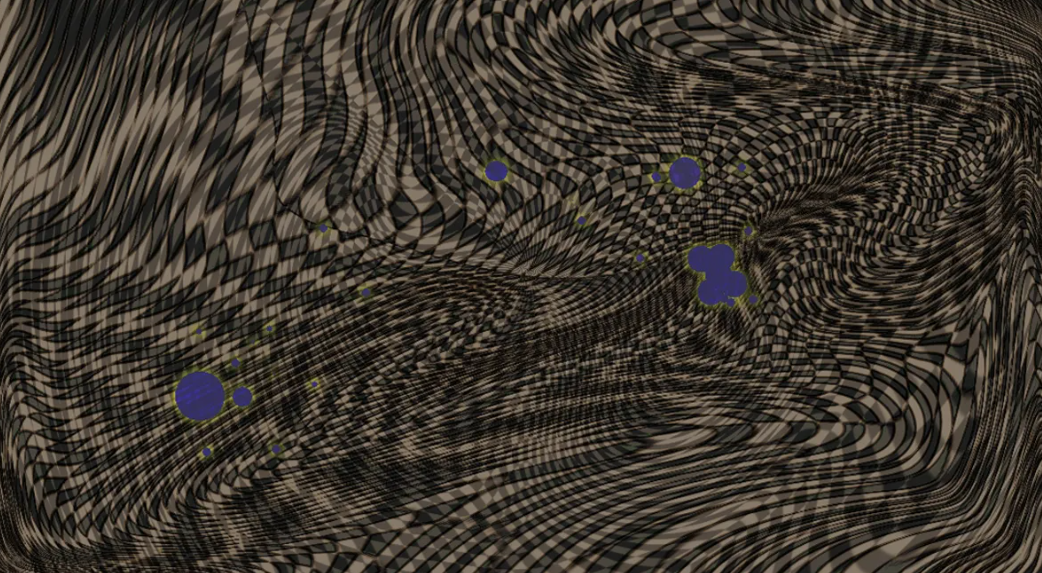News
Why we see patterns when we close our eyes: scientists explain the phenomenon
When we close our eyes, we often see patterns: wavy lines, bright glow, or flickering dots. Sometimes this can be a symptom of a visual disorder, so you should first get checked by a doctor.
However, scientists say that more often than not, these flashes and patterns are harmless visual hallucinations that can be a sign of normal eye function. The Ifl Science publication described the cause of the phenomenon.
When you close or open your eyes abruptly in a dark room, you may sometimes notice various patterns, swirls of color, or even flashes. If you also notice other problems, such as blurred vision, poor concentration, dizziness, pain, or burning in the eyes, you should see a doctor. But if there are no accompanying symptoms, you can assume that these short-term hallucinations are a variant of the norm.
Katrina Schmid, an associate professor at the School of Optometry and Vision Science at the Queensland University of Technology, explained why this phenomenon occurs.
"Our eyes do not turn off in the dark, instead they create very weak internal signals that mimic light. These signals are constantly sent to the cells in the back of the eyes," the scientist noted.
According to her, the swirls and waves we see are caused by changes in the activity of these cells. Sometimes the patterns can be quite bright because the cells in the eye that determine color also show this activity. The signals are quickly transmitted to the brain.
"Your brain doesn't know that the visual signals weren't created by real light, so we think we see colored lights and patterns that aren't really there. It's a kind of illusion," Katrina explained.
Visual hallucinations happen in healthy people, for example, they occur when you rub your eyes hard. However, patterns and flashes can be a sign of problems with the retina, including retinal detachment, as well as neurological diseases.
Scientists call the flashes "phosphenes" and they can be caused "on demand" by lightly pressing on the eyeball. The need to see a doctor is indicated by a significant increase in the frequency and severity of flashes.
Subscribe to the OBOZ.UA channels in Telegram and Viber to keep up with the latest developments.




























